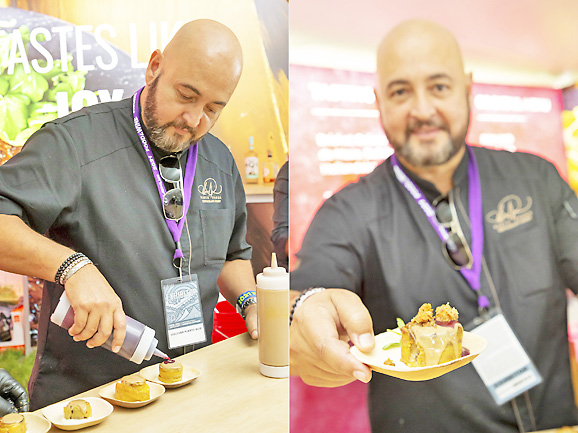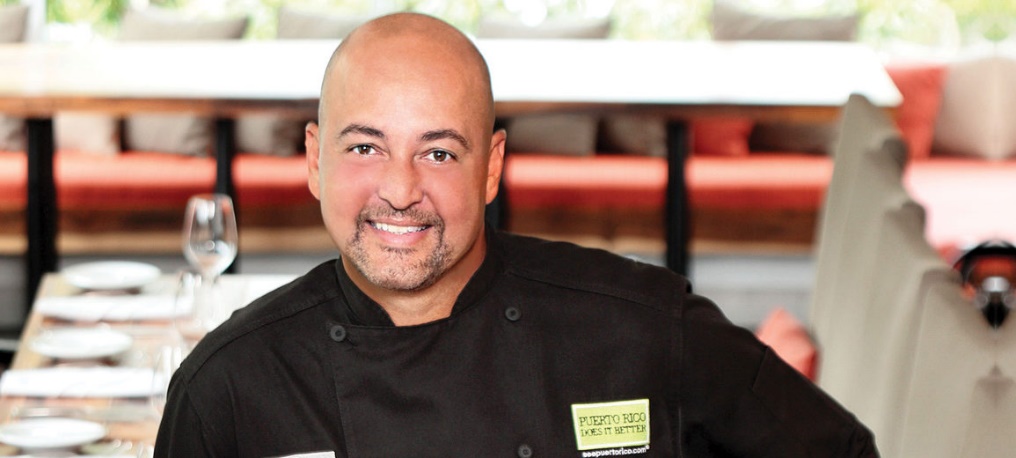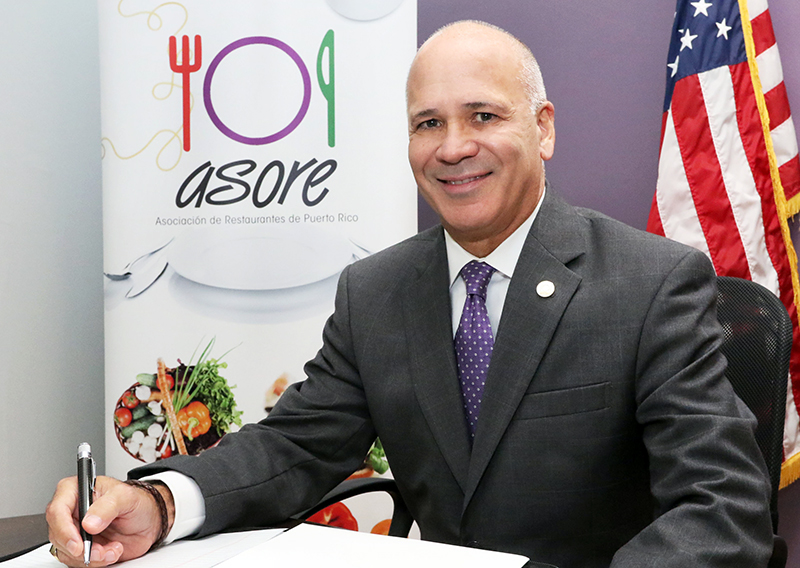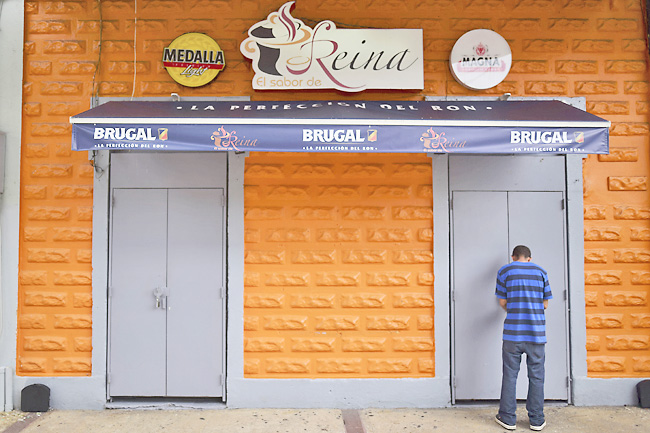
Avellon Williams
PUERTO RICO – As far as Puerto Rican food was concerned, it had reached its peak. A new generation of talented chefs was creating delicious new creations, and restaurants popped up all over the island. The industry no longer depended on tourists.
In the middle of this, a series of natural disasters struck: a hurricane, a series of earthquakes, and a pandemic.
During each disaster, Puerto Ricans recovered and rebuilt – with restaurant owners right by their side. As the pandemic fades, the Puerto Rican food scene is thriving once again.

Chef Mario Pagán, who owns five restaurants in Puerto Rico said, “It’s been rocky, but we’re resilient, you can definitely see it coming back around now.”
Traditionally, Puerto Rican cuisine has been influenced by African, Spanish, and Caribbean flavours, such as stews, fish, sofrito, mofongo, and adobo.
As young chefs began taking what they had learned from universities and culinary schools to the streets, the scene began to expand. By fusing traditional Puerto Rican dishes with other types of cuisine, like Asian or Italian, they add modern twists to the traditional food.
In addition to the hotels in San Juan, new restaurants sprang up on the island as locals demanded more choices, and vacation rentals gave visitors some additional options.
As of 2017, Puerto Rico had more than 5,000 restaurants, ranging from cafeterias to fine dining, according to Jose Vazquez, president of the Restaurants Association of Puerto Rico.

On the island, the restaurant industry is the third-largest – behind manufacturing and tourism – providing around 60,000 direct jobs and another 40,000 indirectly. Approximately six percent of the gross national product is attributed to restaurant sales.
The culinary industry is part of our culture,” Vazquez said. “People love our food. They fly down here and want to try our local cuisine. It’s very good food.”
Hurricane Maria wreaked havoc in 2017. As the Category 5 storm swept through the island, it destroyed buildings, knocked out power and communications, and left roads impassable, leaving residents without food and water. Businesses and restaurants were destroyed to the tune of about 90 percent.

Restaurant owners set up makeshift kitchens with the help of José Andrés and Frutos del Guacabo to serve more than 3.5 million meals as Puerto Ricans struggled to recover.
By late 2019, about 4,000 restaurants were operating – some smaller, others in new locations.
Next came the earthquakes.
Beginning December 2019, Puerto Rico was hit by a swarm of earthquakes, the most damaging measuring 6.4. Most of the quakes struck southern Puerto Rico, but their effects spread throughout the island. Businesses and schools were closed for weeks as a result.
In other areas of the island, restaurants and hotels made it through, and Fruto del Gaubacho, which supplies roughly 200 restaurants and hotels, helped get food and supplies to hard-hit areas in the south.
“Each time it’s a different test,” Fruto del Gaubacho co-owner Efrén Robles said. “You learn the test and then they change the answers… We’ve been able to adjust in a very short amount of time.”
As a result of COVID-19, the learning curve took a sharp turn in 2020.

Puerto Rico bounced back from the earthquakes to have some of the strongest tourism numbers in its history, and restaurants were doing well during the offseason.
The pandemic, as it did around the world, led to shutdowns. Around 1,000 restaurants in the San Juan area were forced to close, but many survived by offering takeout and delivery services. Some created packages for special occasions, such as Mother’s Day and Christmas.
The COVID-19 measures were widely enacted in Puerto Rico because of their small size.
With the ebbs and flows of the pandemic, some restaurants opened at limited capacity in May and expanded as restrictions eased.
Restaurant traffic has skyrocketed as the pandemic winds down, returning to pre-disaster levels as lodging in 2021 reached USD1.3 billion – a 37 percent increase over the previous record set in 2019.
“It’s been rocky and pretty hard, but we’re coping,” Pagán said during the Aspen Food & Drink Classic last fall. “It has been one thing after another, but we are very resilient.”
And they will be ready for whatever comes next.




